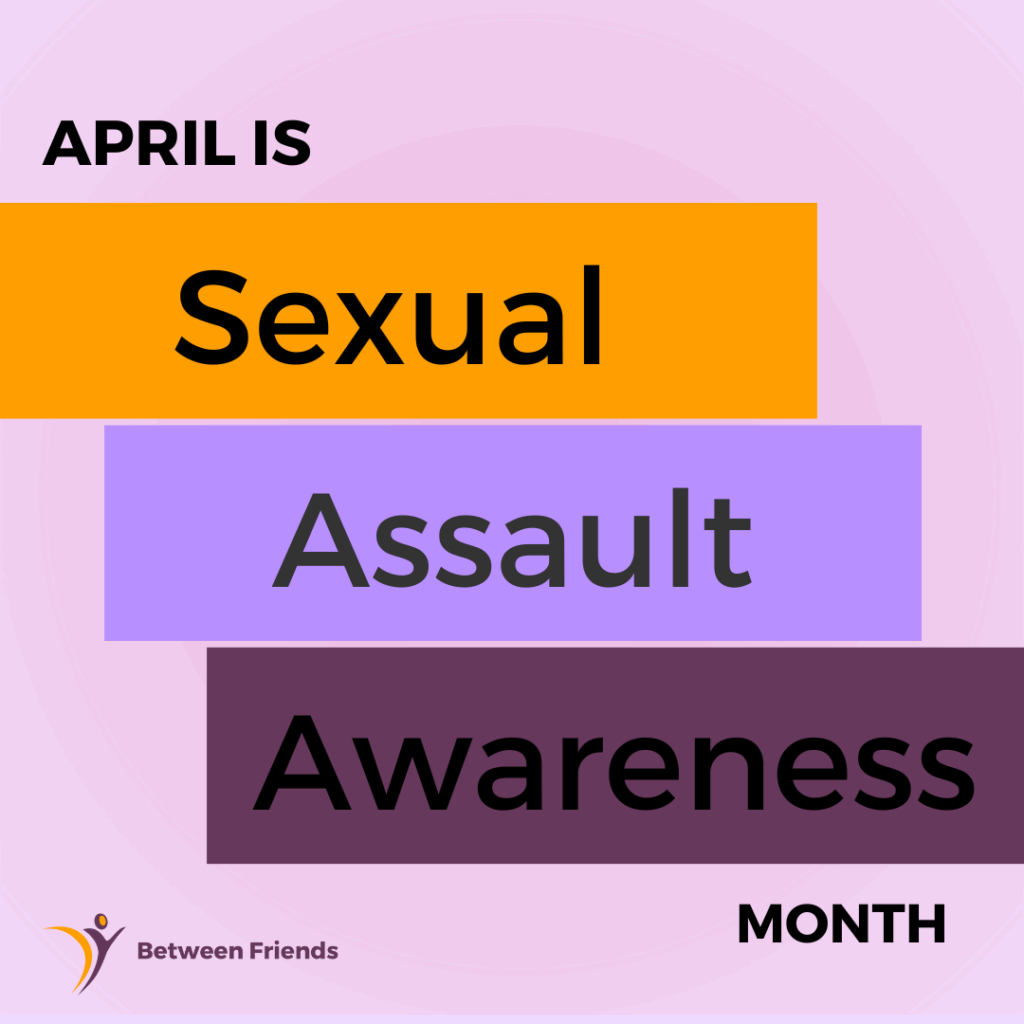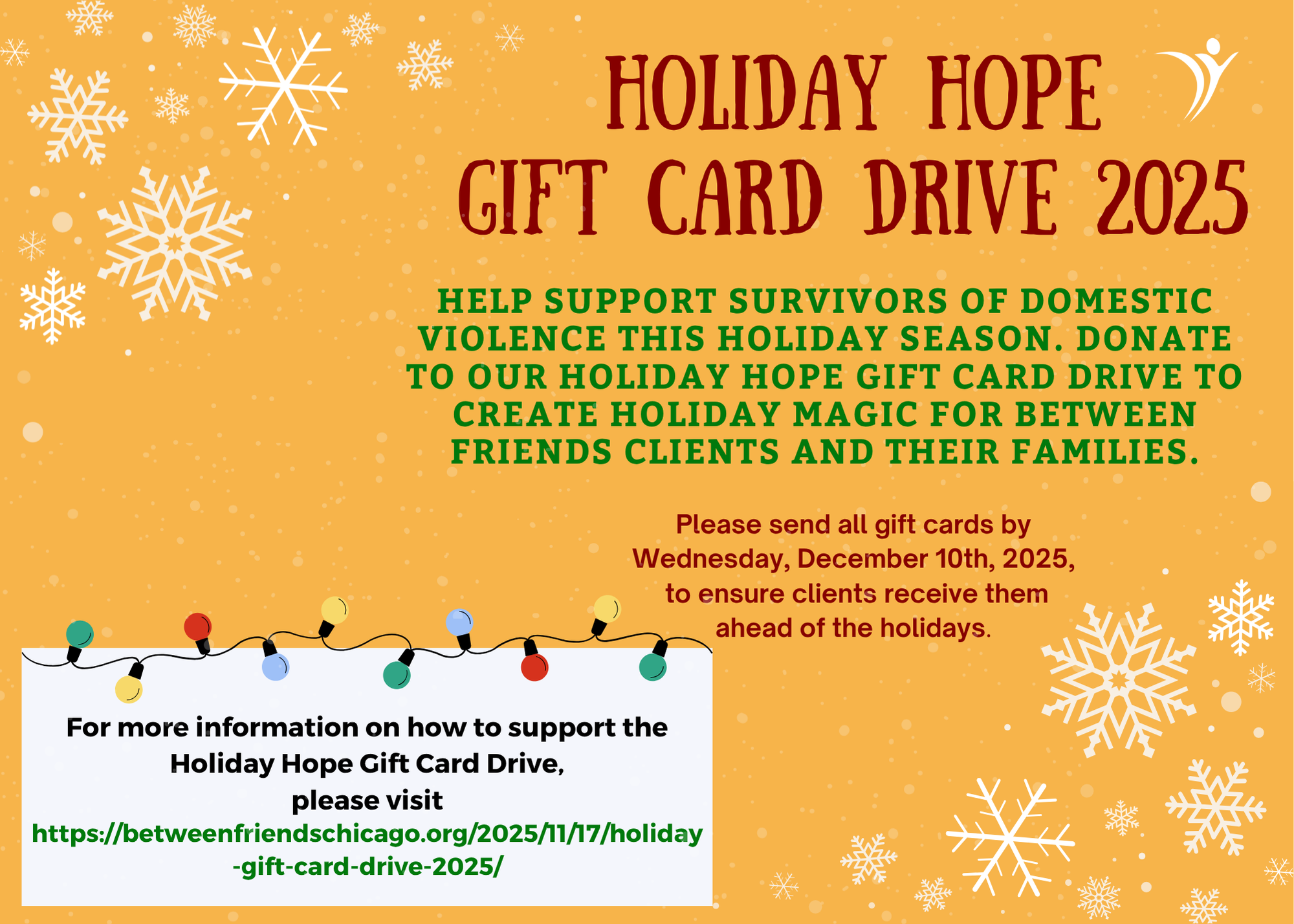Written by: Susan, Community & Professional Training Manager
April is Sexual Assault Awareness Month. We know that sexual violence is an abuse tactic often used within domestic violence relationships, but we would like to explore more deeply a specific form of sexual violence that is very common but rarely spoken about… Reproductive Abuse.
What is Reproductive Abuse?
Reproductive Abuse is also frequently referred to as Reproductive Coercion. It is a form of violence where “someone seeks to control another person’s reproductive choices, using physical, sexual, and/or emotional violence or threats” (https://theconversation.com/reproductive-coercion-is-a-form-of-gender-based-violence-its-likely-more-common-than-we-realise-239606).
Who experiences Reproductive Abuse?
Any survivor could potentially experience Reproductive Abuse in their relationship, regardless of their age, gender, or any other identity. However, a recent study of Reproductive Abuse in Australia, found that this form of violence is most frequently perpetrated by someone’s partner, parent, or in-law and it is more common for girls, women, and transgender people to experience this form of abuse.
What are some examples of Reproductive Abuse?
Reproductive Abuse can take the form of sexually coercive behaviors, like:
- pressuring or forcing a sexual partner to have sex when they don’t want to
- threatening to end a relationship if a person doesn’t have sex
- forcing a sexual partner not to use birth control
- knowingly exposing a sexual partner to a sexually transmitted infection
Other times Reproductive Abuse can take the form of birth control sabotage, like:
- hiding, withholding, or destroying a sexual partner’s birth control pills
- tampering or damaging contraceptives so they will not work effectively
- removing a condom during sex without telling their partner
- refusing to withdraw during sex after previously agreeing to do so
- pulling out a sexual partner’s vaginal ring
- tearing off a contraceptive patch
- lying about having had a vasectomy or being on the pill
- monitoring a sexual partner’s menstrual cycles to detect the presence of an invisible birth control method such as an IUD (intrauterine device) or a contraceptive implant or injection
Pregnancy or parenting pressure is another form of Reproductive Abuse, which is when a person pressures another person to:
- get pregnant when they don’t want to be pregnant
- continue a pregnancy when they want an abortion
- end a pregnancy they want to continue
- raise a child they did not consent to having, either through adoption, having the child with a different sexual partner, or a pregnancy resulting from deception about birth control
What can you do if you are experiencing Reproductive Abuse?
If you are experiencing any kind of abuse, Between Friends can support you. Please call us at 1-800-603-HELP (4357). Please also find some strategies below that have helped survivors to stay safer when their partner uses Reproductive Abuse:
- buying birth control or condoms on your own
- keeping your use of contraceptives hidden from your partner and keeping birth control or condoms in a hidden or private location
- inspecting birth control pills to make sure they are the correct pills and haven’t been damaged
- inspecting condoms and condom wrappers for signs of tampering, such as holes or tears
- switching to a form of birth control that cannot be tampered, such as an IUD (with the string cut short), injection, vasectomy, or other forms a medical professional may recommend
- most forms of birth control will stop or dramatically reduce your period, so if your partner monitors your menstrual cycles and you are afraid that they will hurt you for using birth control, your best options might be emergency contraception (like the morning after pill or abortion care) or possibly a non-hormonal IUD (with the string cut so short your partner won’t notice it)


